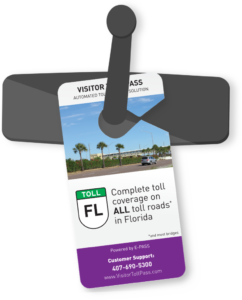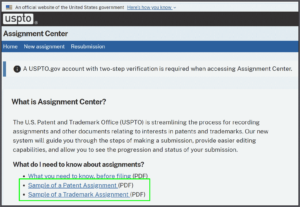On February 13, 2024 a three-judge panel of the Court of Appeals for the Federal Circuit rendered an opinion that preserves the USPTO’s requirement that every trademark applicant reveal to the USPTO where the applicant sleeps at night. If that had been the sole consequence, that would have been bad enough, in my view. (I have made no secret of my view that the USPTO’s notice-and-comment activity for the “where you sleep at night?” requirement failed to give any notice at all, let alone enough notice to comply with the Administrative Procedure Act.)
The opinion, unfortunately, is likely to have consequences going far beyond merely preserving the requirement that trademark applicants reveal where they sleep at night. The opinion is likely to embolden the USPTO, going forward, with the notion that almost nothing that the USPTO does in the future would need any ADA notice-and-comment activity. Here is the part of the opinion that worries me: Continue reading “Has the USPTO just been given freedom from notice-and-comment requirements?”



